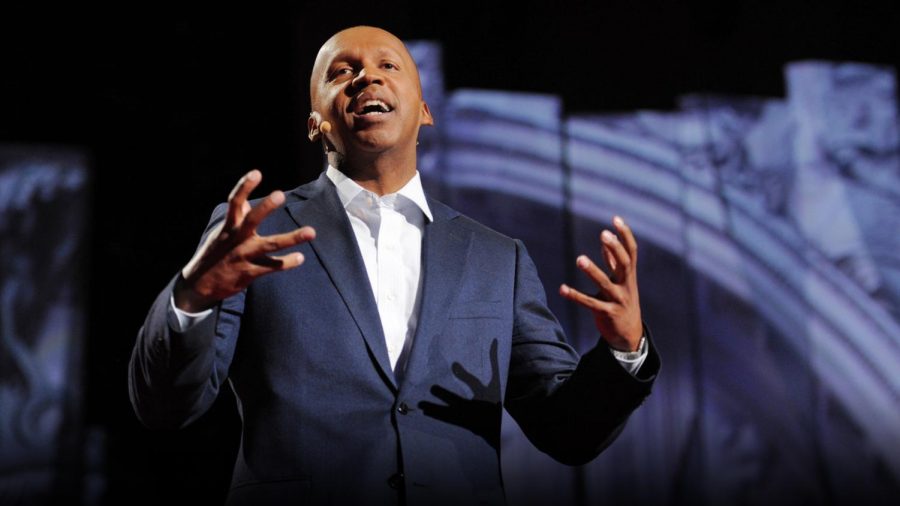Death to the death penalty
The death penalty has legally been in use across the United States since the early 1600’s, but this controversial form of punishment becoming outdated, flawed, and influenced by race and status. The number of people on death row continues to increase, along with the rate of falsely convicted prisoners who are facing capital punishment.
“The death penalty carries the inherent risk of executing an innocent person. Since 1973, more than 170 people who had been wrongly convicted and sentenced to death in the U.S. have been exonerated,” The Death Penalty Information Center said.
As cell blocks become more crowded, lawyers have persisted to look at previous cases to evaluate the usage of this extreme sentence and slowly uncover faulty verdicts. For example, Lendell Lee was executed by lethal injection in 2017, but on May 4, 2021, lawyers released a statement after finding DNA evidence that proved Lee’s innocence. Like many others, Lee did not live to see his freedom. While some were lucky enough to be released, their lives were altered forever, making it difficult to find a home, a job, and a place among society again.
“It points out a fault in the system when innocent people are subjected to the same punishment as those who are considered the worst kind of people our society can produce, especially when there is no true way to repay them for the government’s mistakes once they are gone,” Priscilla Dice, sophomore, said.
Black citizens have been at a disadvantage before the United States became its own country and began establishing laws. Along with segregation, limited voting rights, and slavery, the death penalty is yet another form of the many inequalities Black people have faced. Whether they are guilty, innocent, a victim, or a defendant, Black citizens are less likely to have an equal chance at receiving an unbiased verdict from their fellow whites Americans.
“We are judged based on the color of our skin instead of the content of our character and whether or not we are guilty. A huge example of this is how Black people are charged at a much higher rate on drug charges than white people. They get charged, even when the white man is guilty, only based on the bias that black people are ‘criminals,” Jashiya Maynard, freshman, said.
As evidence of the death penalty’s cruelty is spreading to the public, organizations are coming together to try and release those that are not guilty. One organization, the Equal Justice Initiative (EJI), was founded after Bryan Stevenson, an acclaimed Black lawyer, freed a fellow Black man from death row by proving his innocence for the death of a white woman. Since 1989, the EJI has fought to free the disadvantaged and underprivileged from wrongful penalties in hopes that they can finally prevent the government’s abuse of the punishment. The Innocence Project is another association working to spread awareness, defending those that have been wrongfully charged, and preventing injustices within the judicial system. Civil rights activists Peter Neufeld and Barry Scheck established the project in 1992 and have aided over 350 cases using DNA testing.
“The mission is to free the staggering number of innocent people who remain incarcerated, and to bring reform to the system responsible for their unjust imprisonment,” The Innocence Project said.
The death penalty may have first been established to deliver justice to victims, but it is now destroying the lives of the innocent and the undeserving.

Hello, my name is Hailey, and I am a senior at Etowah. This is my fourth year on the Talon, and I am Editor in Chief. I am in a lot of various clubs at...

